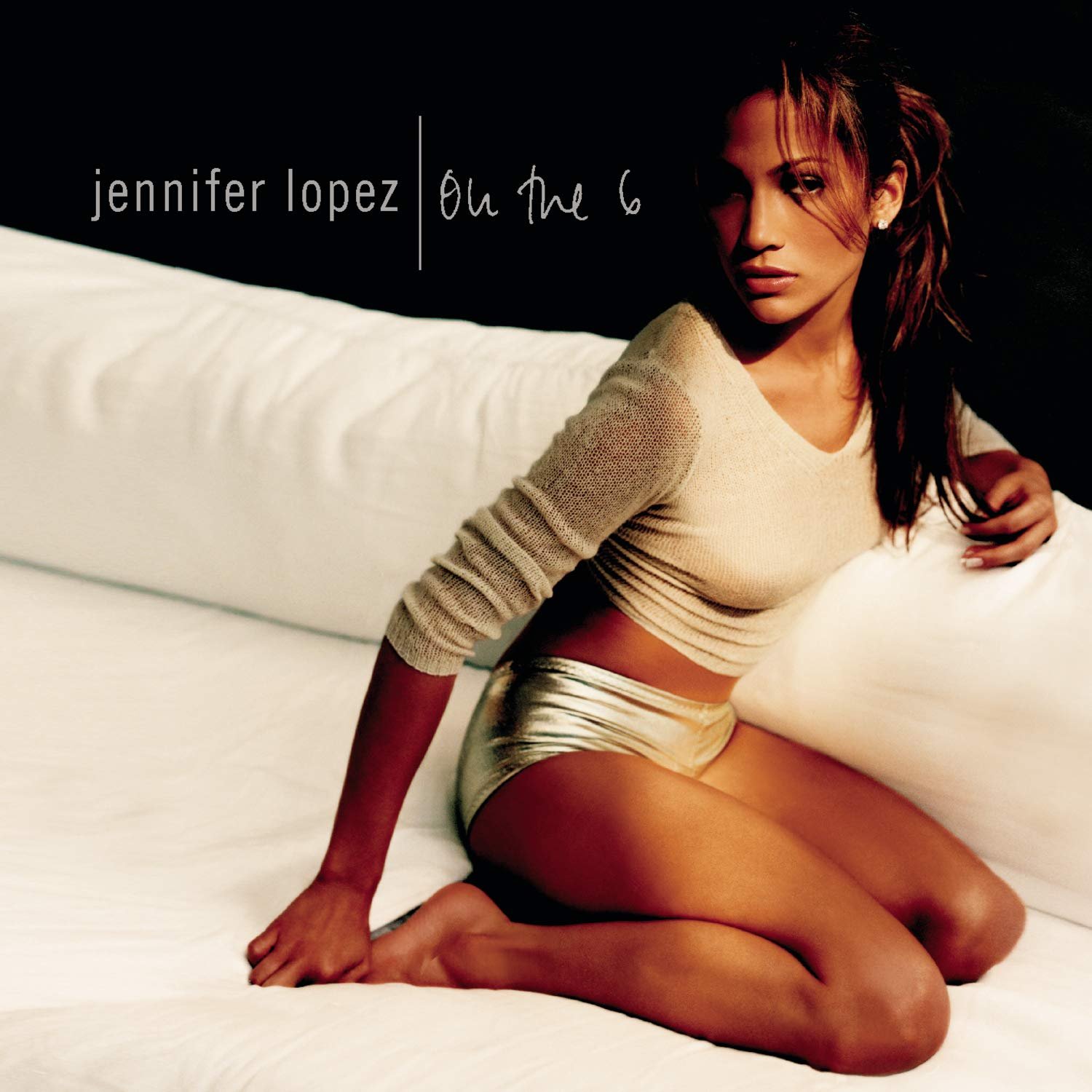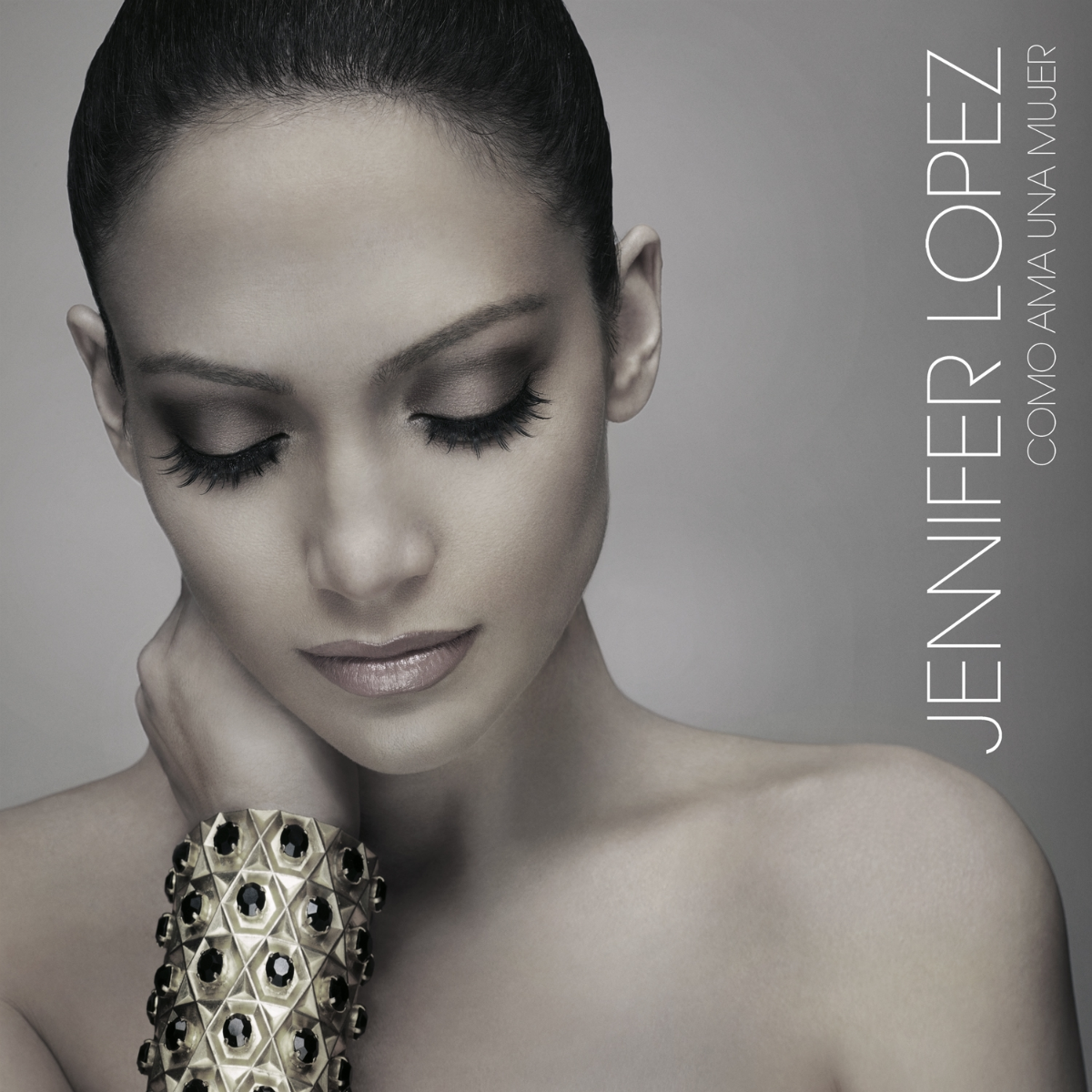Happy 15th Anniversary to Jennifer Lopez’s sixth studio album Brave, originally released October 9, 2007.
Music, movies, and (impending) motherhood. 2007 was another productive year for Jennifer Lopez, and her inaugural Spanish-language LP and fifth album overall Como Ama una Mujer kicked it off.
Como Ama una Mujer brought Lopez back to the aplomb of her third studio LP, This Is Me...Then (2002). Received coolly upon its release, the record ended up appreciating over time as one of Lopez's most accomplished pieces. But this was something that Lopez could not have known was going to happen, so to her credit, she kept her wits about her. This mindset aided her in the scripting and recording of Brave, her sixth album, released in the same calendar year as its predecessor.
In a July 2007 interview with Yahoo! Music, Lopez commented on Brave's ongoing process, “It's coming out incredible. We're putting together some great things...think a little Jamiroquai, a little Sade. It's real feel-good music.” Lofty influences to cite, but they pointed to the might of Lopez's musical moxie. Elaborating on the “we're” mentioned in the interview, Lopez had put together an incredible team of individuals gaining ground in the pop charts without the taint of mainstream egotism in their production and songwriting.
When scanning the liner notes of Brave today, several names—J.R. Rotem, The Clutch, Ryan Tedder, Bloodshy & Avant, The Midi Mafia, Keri Hilson—will jump out at the reader. They, as well as Lopez's longstanding colleague Cory Rooney, were some of the principals staffed for Brave. Too many people booked on an album could artistically bankrupt a project with a disjointed mood. But, returning to the point of egos, there were none. Everyone followed Lopez's directive to build an album suited to her tastes. Lopez logged three co-writing credits out of the album's thirteen tracks.
Were one to define Lopez's music, it would be described as pop with an urban bite; it is often sexy, sensitive, and smart. Also, it tends to recall Lopez's forebearer, Paula Abdul. Abdul's citified dance style was known for slotting itself between the pop of Madonna and the R&B of Janet Jackson at her peak. Unconsciously, Abdul passed the baton of her vibe on to Jennifer Lopez, who, across her first four albums, waxed and waned with this particular genre combination.
Brave tills this sonic field further, elevating the funk levels of the rhythm and blues aspect of her sound, but keeping the urgency of her pop melodies. Brave is solid, there's not a stitch of fat or filler to be found on its frame. The go-go soul zing of the album's opener “Stay Together” and the mash-up of staccato hip-hop beats and lush strings on “Never Gonna Give Up” exemplify Lopez's refinement of her R&B-pop—and that's just touching on the non-sample sourced material.
There are six samples on Brave that Lopez reinterprets: Tavares' “It Only Takes a Minute” (on “Hold It Don't Drop It”), Eddie Kendricks’ “Keep on Truckin'” (on “Do It Well”), Michael Jackson's “I Wanna Be Where You Are” (on “Gotta Be There”), Great Pride's “She's a Lady” (on “The Way It Is”), Paul Mauriat's “Sunny” (on “Be Mine”), and Bill Withers' “Use Me” (on “I Need Love”). Lopez respects the original compositions while musically bringing her own sauce to these aural entrées. The best of this crop? The neo-disco flash of “Hold It Don't Drop It,” the wistful pop-soul of “The Way It Is,” and the worldbeat whip of “Be Mine.” Vocally, the momentum of Como Ama una Mujer made its way onto Brave with Lopez coming off spirited (“Gotta Be There”) and defiant (“Miles in These Shoes”) throughout its energetic run time.
It doesn't take hindsight to see that American pop music, in the mid-to-late 2000s, was in a truly graceless age. During this time, Jennifer Lopez was making the most innovative music of her career. This epoch and Lopez's creative upswing proved to be incompatible. Upon Brave's release on October 9, 2007, the album and its singles (“Do It Well,” “Hold It Don't Drop It”) struggled for visibility amid much lesser pop of the period and shallow criticisms from an increasingly hostile pack of press pundits.
Love? (2011) and A.K.A. (2014), the projects that followed Brave, later restored Lopez's airplay and chart scores, but creatively, they were found wanting. Chalk it up to the sobering reality that the emphasis on quality over quantity is not always rewarded. But, talk to any astute Jennifer Lopez fan and they'll typically rattle off three albums as their favorites when prodded: This Is Me...Then, Como Ama Una Mujer and Brave. There's a reason for this. These three albums platform Jennifer Lopez's resolve to experiment musically on the pop beat; of the three, Brave best encapsulates the fruits and joy of her experimentation.
LISTEN:
Editor's note: this anniversary tribute was originally published in 2017 and has since been edited for accuracy and timeliness.
Enjoyed this article? Click/tap on the album covers to explore more about Jennifer Lopez:



